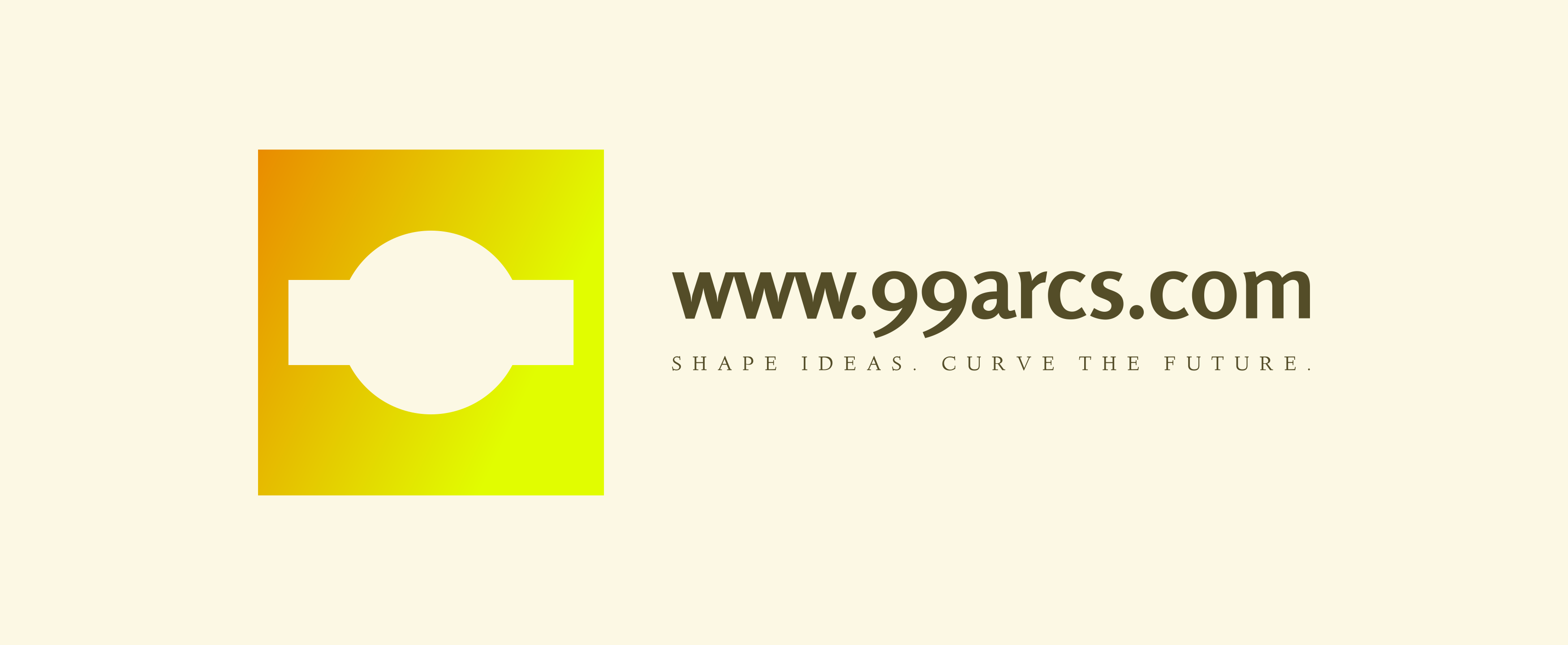Transforming User Experience: Responsive Design with Organic Shapes for Modern Websites

In today’s digital landscape, creating visually appealing and functional websites is more crucial than ever. Responsive design has become the gold standard, ensuring that users enjoy a seamless experience across all devices. But what if we could elevate this concept even further? Enter organic shapes, a design trend that’s not just about aesthetics but also about enhancing user interaction.
I’ve found that incorporating organic shapes into responsive design can breathe life into static layouts. These fluid forms break away from traditional grids, inviting creativity while maintaining functionality. As I explore this captivating intersection of design and usability, I’ll share insights on how organic shapes can transform your approach to responsive design, making your digital presence not only beautiful but also engaging.
Understanding Responsive Design
Responsive design ensures that websites provide an optimal viewing experience across various devices. This approach adapts layouts, images, and navigation to fit screens of all sizes, from smartphones to desktop computers.
Definition of Responsive Design
Responsive design refers to a web development technique that allows websites to fluidly adapt to different screen sizes and orientations. It employs CSS media queries to adjust layout elements dynamically, ensuring readability and accessibility without the need for horizontal scrolling. By using flexible grids, images, and CSS, responsive design creates a seamless user experience.
Importance of Responsive Design
Responsive design plays a critical role in modern web development. Its benefits include:
Usability: Users experience improved navigation on any device, reducing bounce rates.
SEO Benefits: Search engines favor mobile-friendly sites, improving visibility.
Cost-Effective: One site adjusts for all devices, minimizing maintenance expenses.
Future-Proofing: It accommodates evolving devices, ensuring longevity.
Accessibility: Users with disabilities can navigate sites more easily, promoting inclusivity.
Prioritizing responsive design enhances user satisfaction and encourages engagement across diverse platforms.
The Concept of Organic Shapes
Organic shapes refer to forms that mimic the fluidity of nature. They contrast sharply with rigid geometric shapes, often evoking a sense of harmony and creativity in design.
Characteristics of Organic Shapes
Irregularity: Organic shapes lack precise edges and consistent patterns, resembling natural forms like leaves or water droplets.
Flowing Curves: Smooth, flowing lines create a softer appearance, enhancing visual appeal and guiding the viewer's eye.
Asymmetry: Unlike geometric shapes, organic forms often feature asymmetrical balance, providing a dynamic quality to designs.
Natural Inspiration: These shapes are inspired by elements found in nature, adding an organic touch that evokes calmness and connection.
Benefits of Using Organic Shapes in Design
Enhanced User Engagement: Organic shapes attract attention and create more intuitive interactions, resulting in increased user engagement.
Aesthetic Appeal: Their fluidity adds a distinct and pleasing visual character, making designs stand out in a crowded digital space.
Versatile Applications: Organic shapes adapt well across various design contexts, from web interfaces to branding materials, fostering cohesion and creativity.
Improved User Experience: These shapes can guide navigation and enhance readability, contributing to overall usability and satisfaction.
Integrating Organic Shapes into Responsive Design
Integrating organic shapes into responsive design enhances visual appeal and user interaction. This section outlines essential design principles and tools to effectively implement organic shapes.
Design Principles to Consider
Balance: Maintain visual equilibrium between organic shapes and other design elements, ensuring harmony and cohesiveness in the layout.
Hierarchy: Use organic shapes to establish a clear visual hierarchy, guiding users through content effectively.
Contrast: Leverage contrast between organic shapes and surrounding elements to emphasize focal points, drawing user attention where needed.
Consistency: Ensure consistent application of organic shapes throughout the design to create a unified brand identity and user experience.
Flexibility: Design organic shapes to adapt across multiple screen sizes, ensuring functionality without compromising aesthetic.
Tools and Techniques for Implementation
Vector Graphics Software: Use vector tools like Adobe Illustrator or Figma to create scalable organic shapes that maintain quality across devices.
CSS Techniques: Employ CSS properties such as border-radius, clip-path, and transforms to implement organic shapes without heavy graphics.
SVG Implementation: Utilize Scalable Vector Graphics (SVG) for lightweight, responsive images that can easily incorporate organic forms into webpages.
Media Queries: Integrate media queries to adjust organic shapes dynamically based on screen size, ensuring responsiveness and adaptability.
Design Systems: Apply design systems that include guidelines for organic shapes, maintaining consistency across various platforms while enhancing user experience.
Case Studies of Successful Responsive Design with Organic Shapes
Several case studies showcase effective implementations of responsive design using organic shapes. These examples demonstrate how this design style can significantly enhance both aesthetics and user experience.
Notable Examples
Spotify
Spotify uses organic shapes in its interface, creating a fluid layout that adapts seamlessly to various devices. The use of rounded elements and swirls enhances visual appeal, making navigation intuitive.
Froont
Froont, a web design tool, implements organic shapes in its UI. Curved edges and irregular forms create a modern feel, encouraging users to interact more with the design, regardless of the screen size.
Mailchimp
Mailchimp employs organic shapes in its branding and web design. The playful, fluid layouts resonate with users, maintaining functionality while creating a friendly atmosphere that adapts effortlessly to mobile and desktop views.
Airbnb
Airbnb utilizes organic shapes to enhance user journey. Its website features rounded cards for listings, allowing for a more engaging browsing experience across devices. This design choice supports clarity while maintaining aesthetic harmony.
Lessons Learned from Case Studies
User Engagement
Notable examples reveal that organic shapes boost user engagement. Emphasizing fluidity and movement captures attention and encourages exploration of the site.
Visual Hierarchy
Case studies highlight the importance of visual hierarchy through organic shapes. Designers can guide users' eyes to key elements, ensuring clarity and ease of navigation.
Brand Identity
Effective use of organic shapes reinforces brand identity. Aligning shapes with brand values creates a unique digital presence that resonates with target audiences.
Adaptability
Successful implementations show that organic shapes can adapt across various devices. Maintaining responsive design principles ensures a consistent experience for all users.
Enhanced Usability
Cases indicate that organic shapes can enhance usability. Their natural fluidity improves readability, simplifying information processing for users.
Overall, these case studies exemplify how adopting organic shapes in responsive design fosters engaging, user-friendly web experiences.
Conclusion
Embracing responsive design with organic shapes is a game-changer for creating engaging websites. By blending fluid forms with adaptability, I can enhance user experience while making my designs visually captivating. The harmony and creativity that organic shapes bring not only elevate aesthetics but also improve functionality across devices.
As I move forward in my design journey, I’ll keep these principles in mind to ensure my websites are not just beautiful but also user-friendly. The case studies I've explored serve as a reminder that innovation in design can lead to greater user satisfaction and engagement. Adopting organic shapes in responsive design isn't just a trend; it's a pathway to crafting memorable digital experiences that resonate with users.
